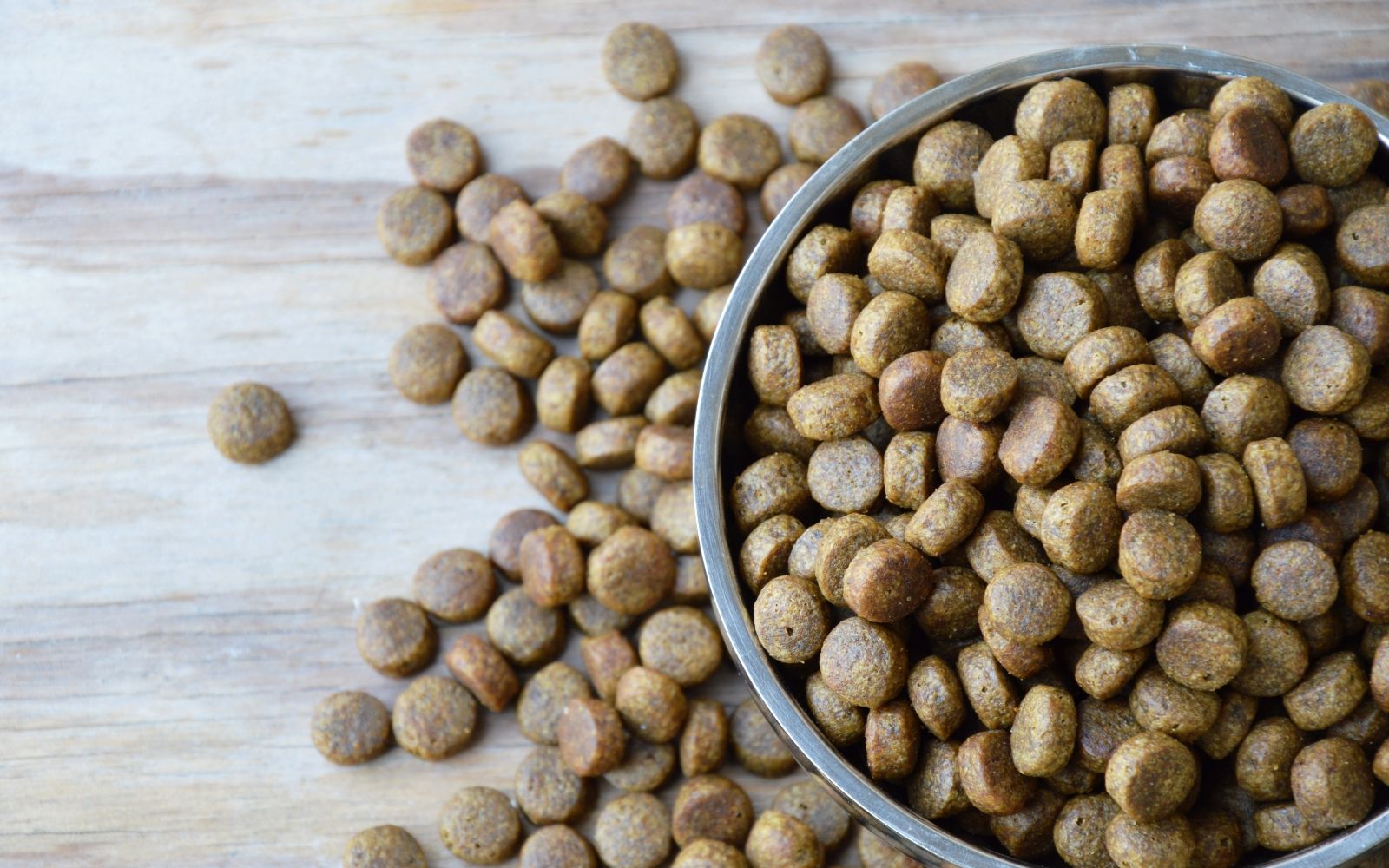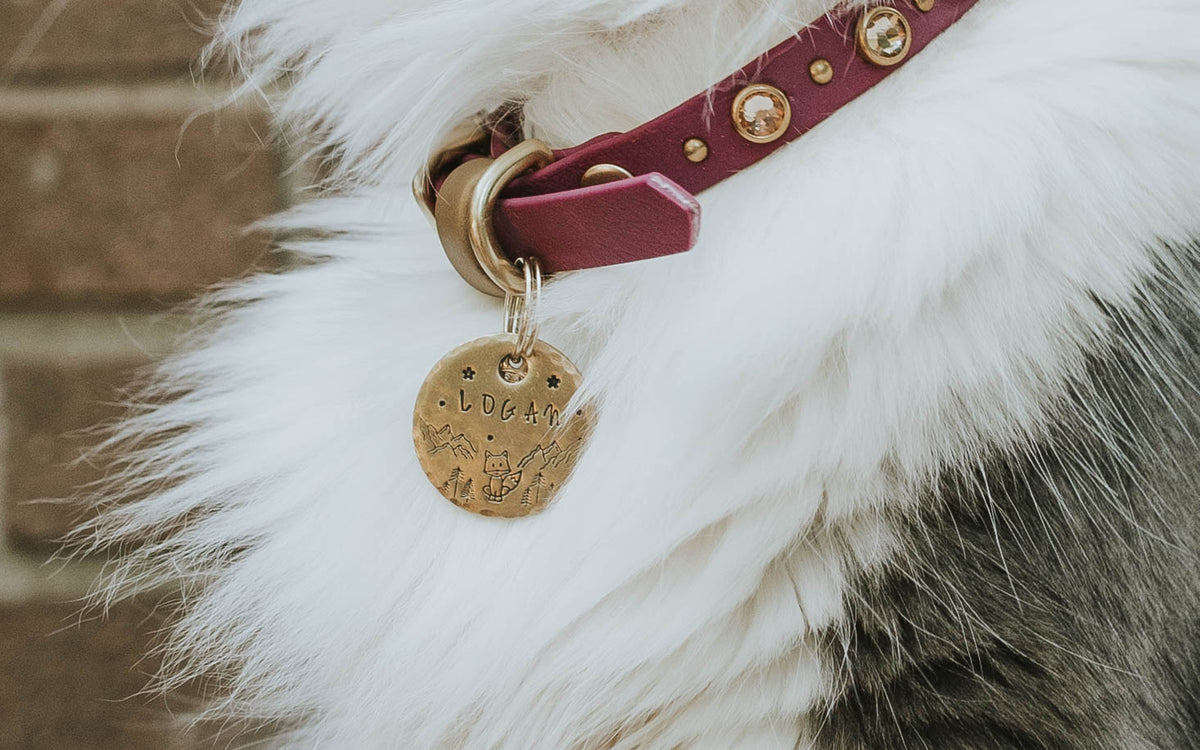
Dog Science: A Taste for Meals
Don’t worry, you won’t be the first to admit it: you’ve given your pup some table scraps. You’ve added “human food” to their dinner bowl. You’ve contemplated giving them their own fancy Thanksgiving Dinner. Honestly, you’ve probably made them their own mini pancakes a time or two as well...
I mean, they love the taste of our cuisine, right? If they didn’t, they wouldn’t be begging all the time while we gather around the table.

That being said, even though it makes me happy to serve Moe gourmet meals- it begs the question: does he actually enjoy it as much as I would? Unfortunately, the answer to that is a hard “no.”
A few weeks ago, our Dog Science series covered a canine’s sense of smell- Remember how it was so advanced compared to a human’s? For taste, it's just the reverse! According to American Kennel Club, “Humans have roughly 9,000 tastebuds whereas dogs only have about 1,700.” That’s a drastic difference, however, they too have different types of tastebuds that are similar to us. Just like humans, dogs can taste different categories of foods. They have specific tastebuds for sweetness, saltiness, sourness, and bitterness (akc.org). Some say they may even be able to detect some savory flavors. But since they have so few tastebuds compared to the number in a human’s mouth, that juicy steak means practically nothing to them.
The reason they're so excited about it is because of its smell. In their minds, “if it smells good, it must taste good.” The same occurs when you open that can of wet dog food for them. It’s so much more aromatic than their dry food, it must taste amazing! On the flip side, this is the reason why we can give our dogs the same dry food day in and day out, and they will still eat it without a care in the world. Interestingly however, dogs carry an extra type of tastebud that we humans do not; a taste for water. Canines have a type of tastebud specifically designed for tasting water. These are located at the tip of their tongue where it curls up to lap water into their mouths (psychologytoday.com). Have you ever witnessed your pup drinking water for unworldly amounts of time? For example, after a walk, following a play session with their “sibling,” or after eating, they start drinking and just do not stop. I’ve caught Mowgli slurping for 1-3 minutes straight! That’s because dogs actually enjoy the taste of water. You and I might find it refreshing after a workout or on a hot day, but since we can’t “taste” water like dogs can, we aren’t able to completely say that water has a flavor to us.
Canines have a type of tastebud specifically designed for tasting water. These are located at the tip of their tongue where it curls up to lap water into their mouths (psychologytoday.com). Have you ever witnessed your pup drinking water for unworldly amounts of time? For example, after a walk, following a play session with their “sibling,” or after eating, they start drinking and just do not stop. I’ve caught Mowgli slurping for 1-3 minutes straight! That’s because dogs actually enjoy the taste of water. You and I might find it refreshing after a workout or on a hot day, but since we can’t “taste” water like dogs can, we aren’t able to completely say that water has a flavor to us.
Now, why would they have this extra type of tastebud? Psychology Today states that, “this ability to taste water evolved as a way for the body to keep internal fluids in balance..” Canine ancestors used to hunt for their meals, and game meat contains a lot of sodium, so this tastebud may have been their “water detector” to some extent. If they’re low on water, perhaps a craving for it could help rebalance their nutrient levels, right?
So back to food: if my dog can’t really taste all the flavors or ingredients in their daily food, is it really that important? The answer is yes. Just because they can’t taste the details, it doesn’t mean that they don’t need certain nutrients or have specific likes or dislikes. Watch your pup’s eating habits carefully. Watch for itchiness- which could mean a food allergy. Keep an eye out for signs of distaste or untouched bowls- you could have a picky eater. Study their energy levels- you could discover the lack of a certain nutrient in the diet, such as carbohydrates. Be on the lookout for any other irregularities in their eating habits, because proactivity and vigilance could save your dog's life.  Some things to be mindful of are the grain content of your dogs food. Look for foods that contain fewer grains such as corn, rice, and wheat, but instead are rich in protein. Having fewer grains in a dog’s food allows for more proteins and fats which snowball into other benefits such as fresh breath, less shedding, healthy skin and coat, and more energy (caninejournal.com). If you treat your furry friend with human food (like me), make sure you are avoiding toxic or life threatening foods such as chocolate, caffeine, grapes, raisins, alcohol, onion, bread dough, sweeteners, and dairy (aspca.org).
Some things to be mindful of are the grain content of your dogs food. Look for foods that contain fewer grains such as corn, rice, and wheat, but instead are rich in protein. Having fewer grains in a dog’s food allows for more proteins and fats which snowball into other benefits such as fresh breath, less shedding, healthy skin and coat, and more energy (caninejournal.com). If you treat your furry friend with human food (like me), make sure you are avoiding toxic or life threatening foods such as chocolate, caffeine, grapes, raisins, alcohol, onion, bread dough, sweeteners, and dairy (aspca.org).
All in all, what a dog lacks in taste is made up for with their sense of smell. No matter what you feed your dog- dry food, canned food, homemade meals, raw, or maybe a mix of it all, seeing their happiness when the meal is presented not only means the world to them, but also gives you and I little fuzzies in our hearts. Make sure your dog is getting the right vitamins and nutrients in their diet, and if you suspect any irregular behavior or bowel movements, contact your veterinarian immediately.
Sources:
1 Response
Leave a comment
Comments will be approved before showing up.
Also in Blog

4 Ways Your Pet Can Benefit From CBD

How to Clean Your Metal Dog Tags


Juli
November 18, 2019
Another wonderful article! Thanks for sharing